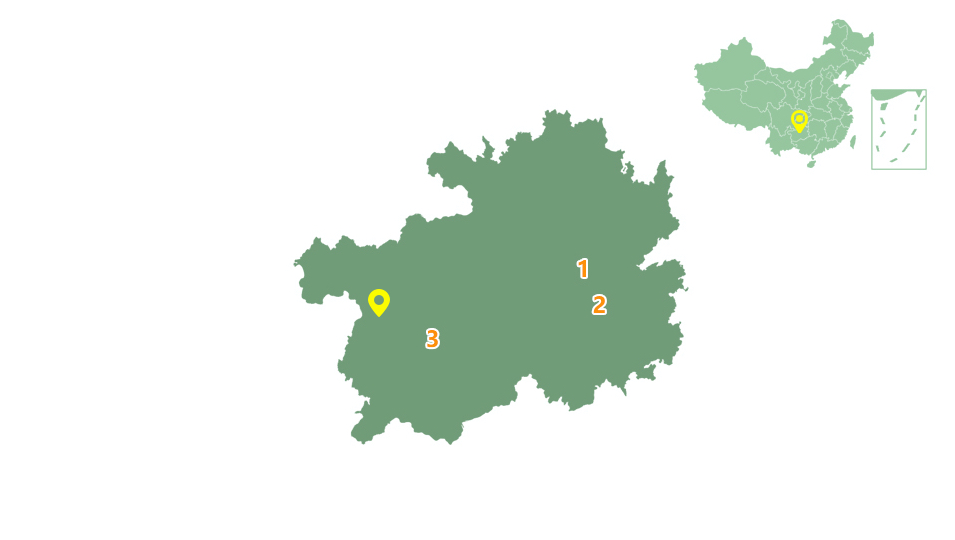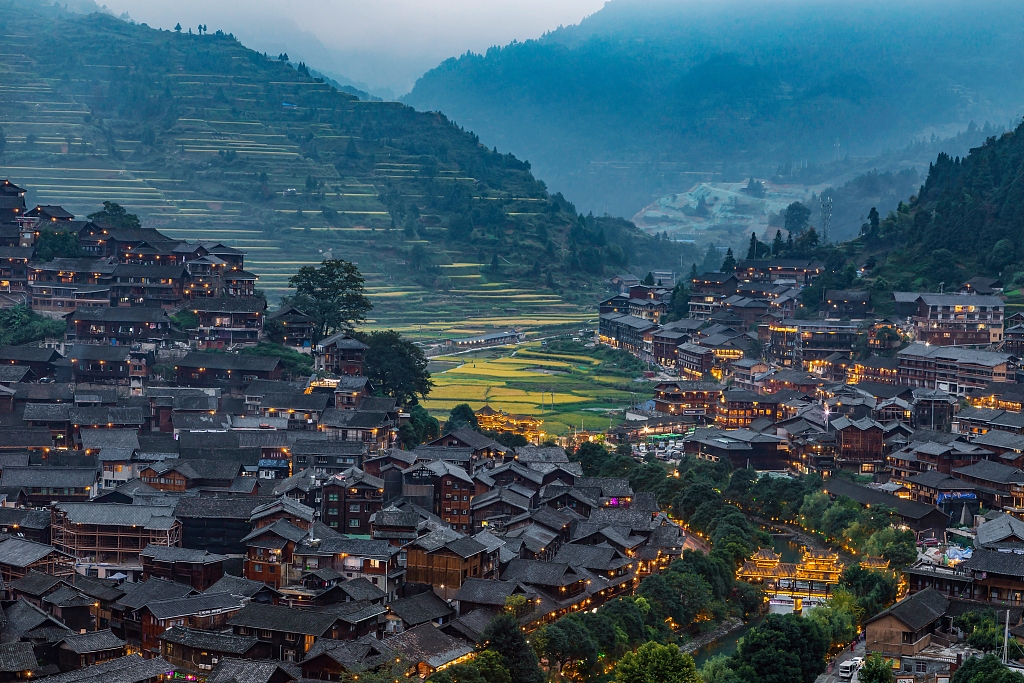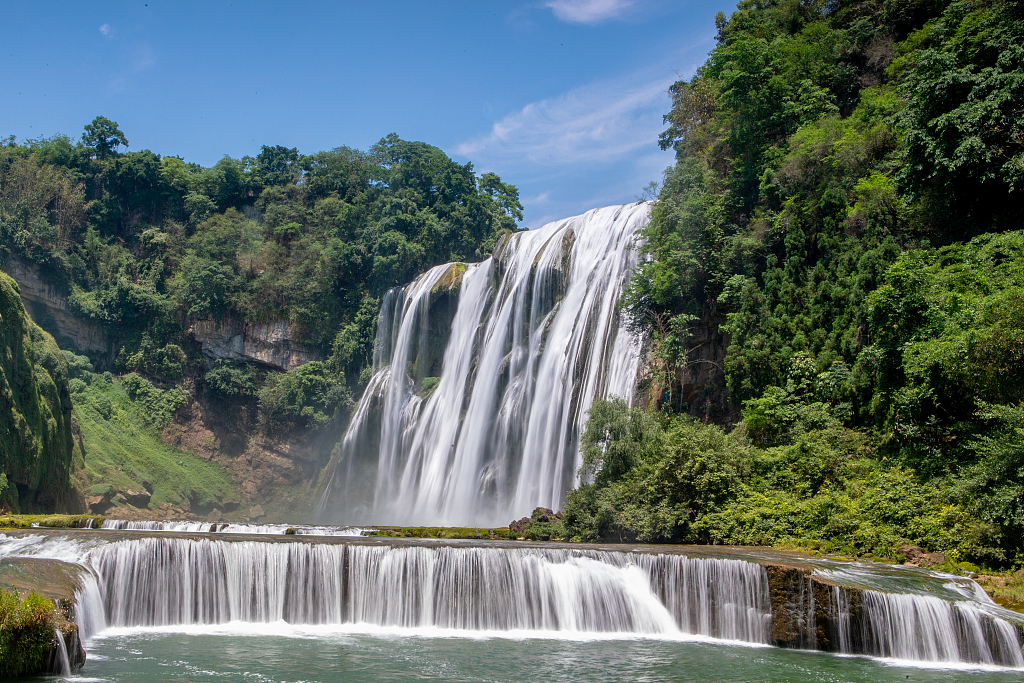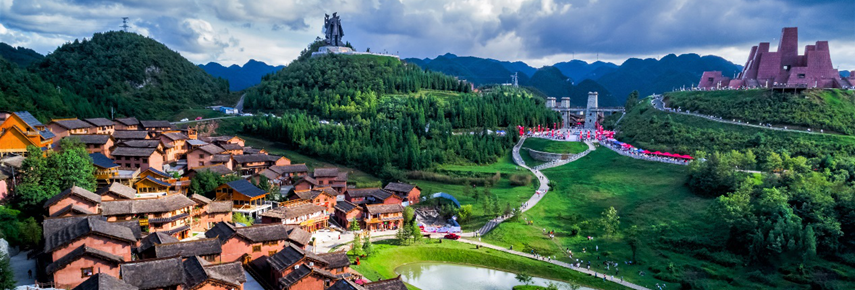
Haiping Yi Village, Shuicheng County, Guizhou Province, China
Shuicheng County in Guizhou Province has been proactively exploring an innovative model of poverty alleviation through resettlement. Following the scheme of “resettling a village, building a scenic zone, developing an industrial park, invigorating a town and lifting a batch of people out of poverty”, the county gathered the impoverished people living in remote and inhospitable areas and resettled to places with favorable conditions such as tourist areas, industrial parks, towns with special features or urban residential areas. It successfully set up the “Haiping model” of poverty alleviation through resettlement, characterized by working simultaneously on six fronts, namely, formulating strategy at the top level, investing in housing projects from diverse sources, providing stable jobs with the help of enterprises, starting new businesses with villagers as shareholders, and transforming existing assets into tourism-related industries. The 1,000-household Haiping Yi Village is located inside the Haiping Yi Cultural Town which has built a Yi Cultural Park, a folk culture street, a shopping street, a World Whipping Top Museum, a Haiping Red Memorabilia Museum, a sightseeing train and other facilities characteristic of local culture. Lying at the foot of the mountains, the village is divided into six groups in line with the six branches of the Yi ethnic people, i.e., the "Wu, Zha, Nuo, Heng, Bu, and Mo” branches, which showcase the Yi traditional culture as well as the success of the Haiping poverty alleviation model.














